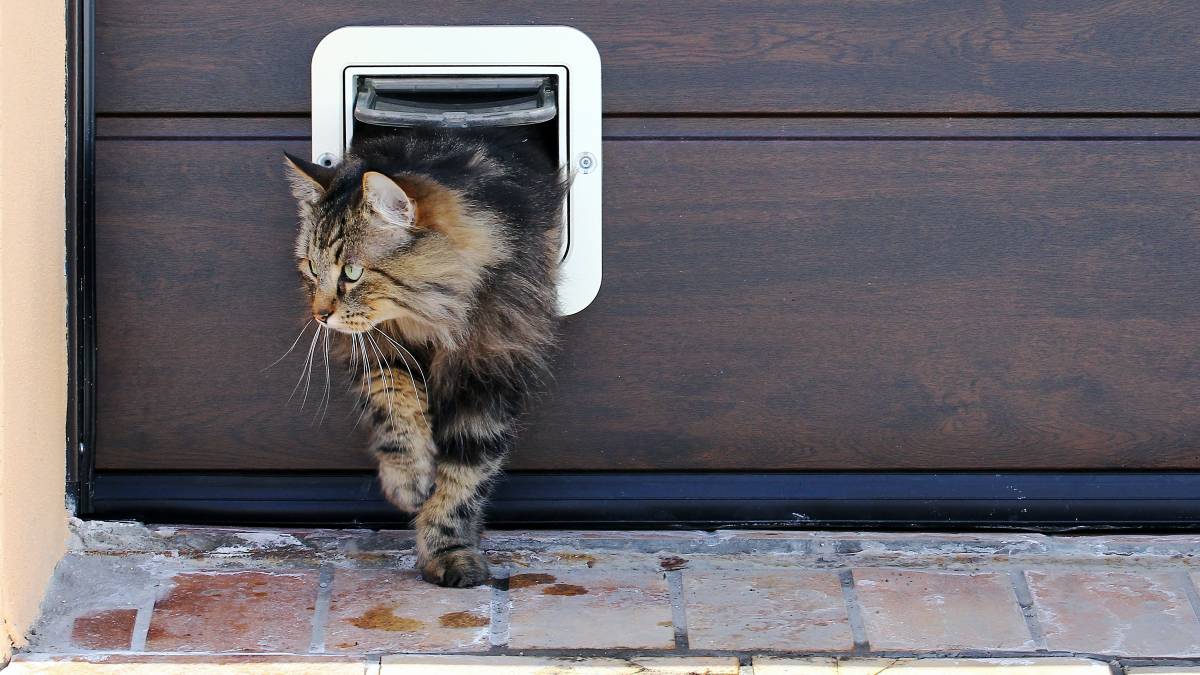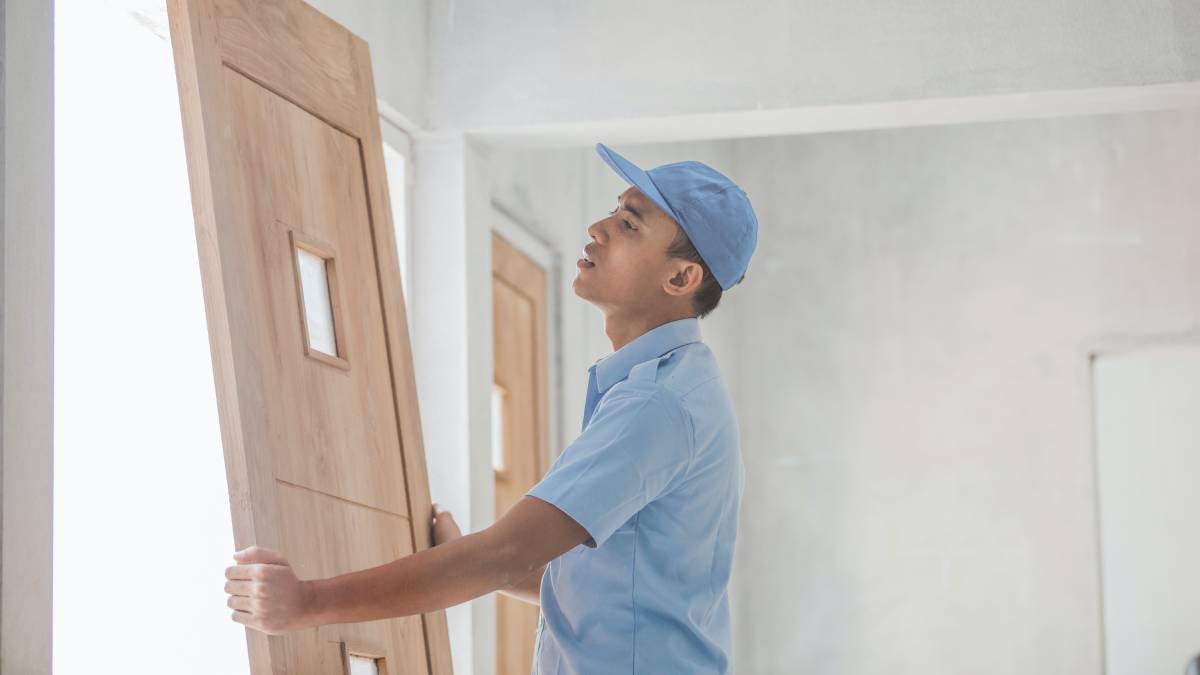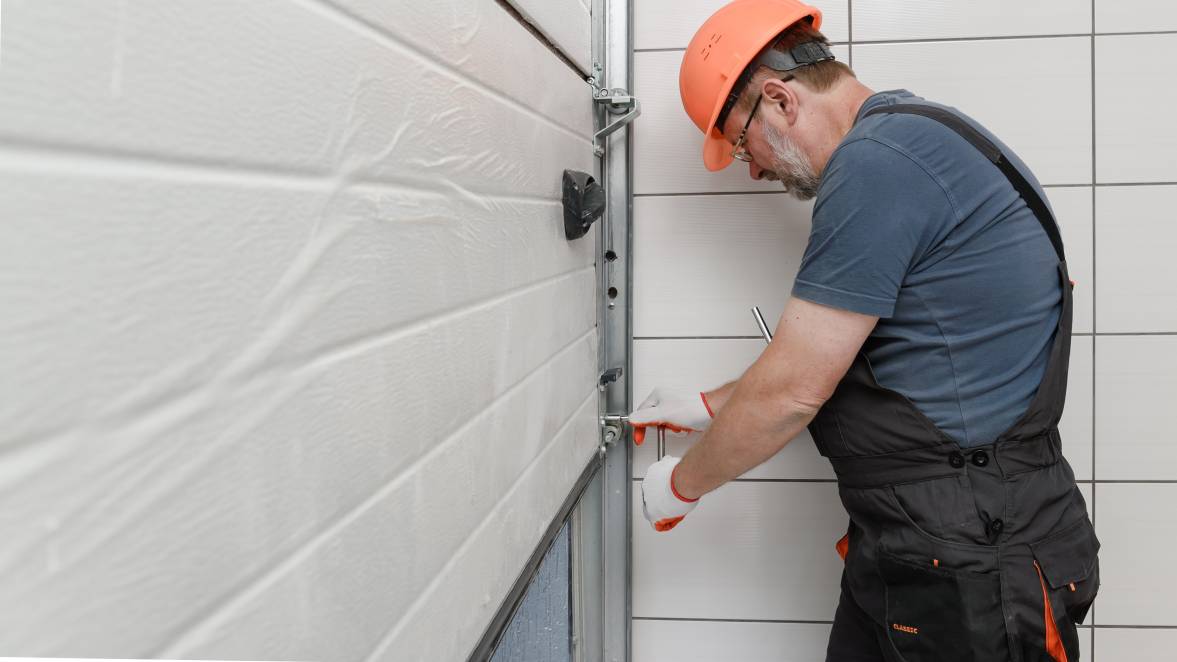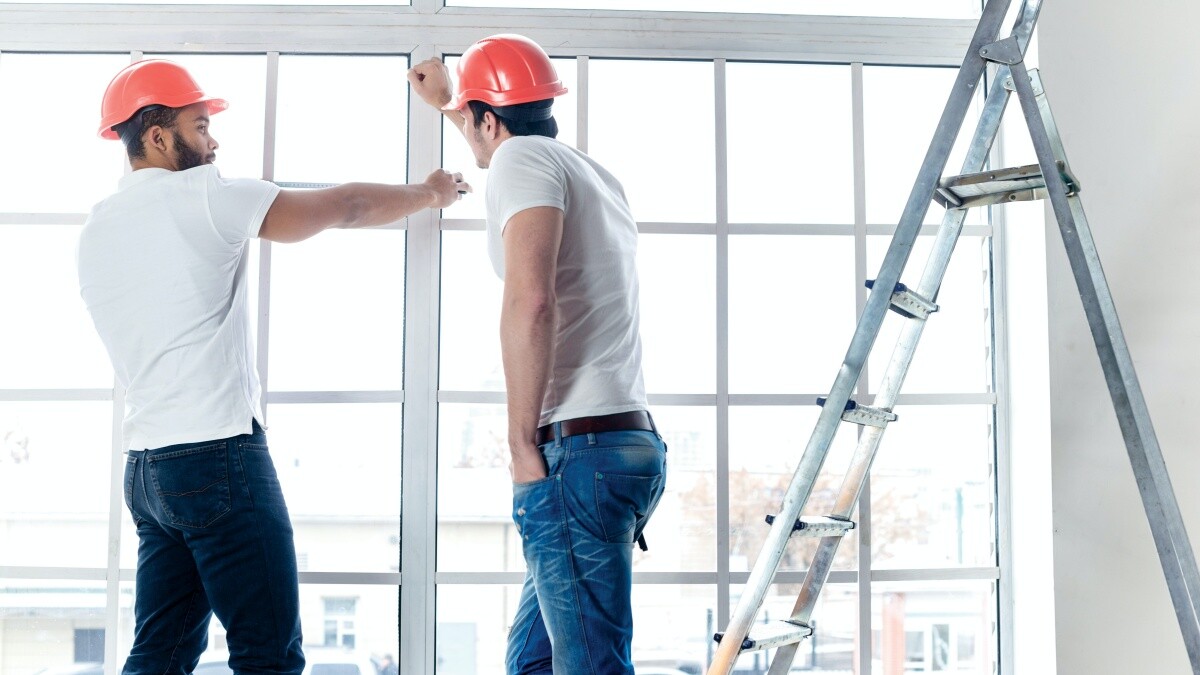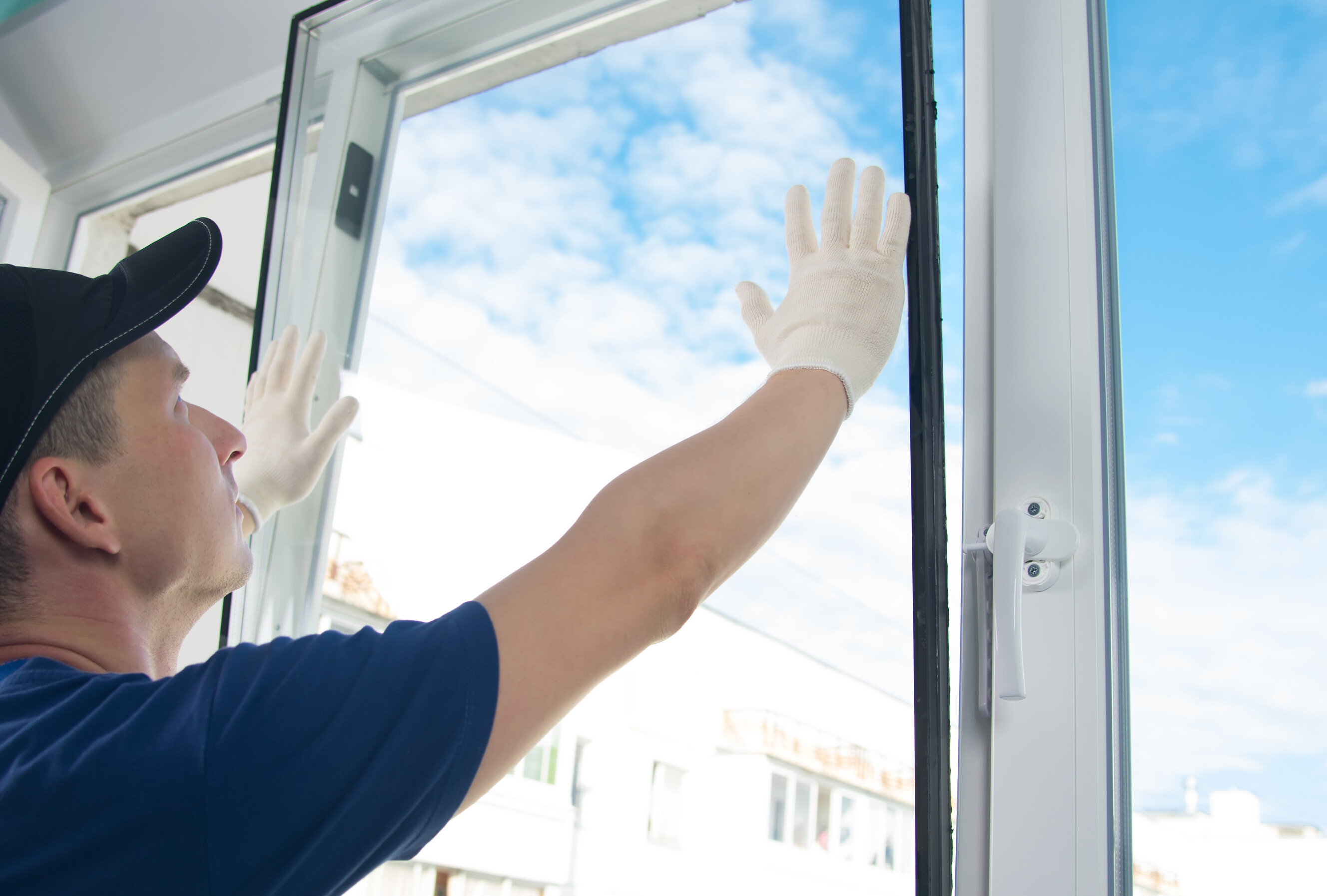
- Home/
- Comparisons/
- Windows & Doors/
- UPVC vs. Aluminum Windows
UPVC vs. aluminum windows: Which is right for your home?
Comparing uPVC and aluminum windows in terms of cost, durability, and more.
Last Updated on

Written by Daniel H.
Contributor
Read more about our contributor
Key Facts
uPVC windows are durable, weather-resistant plastic window frames known for their thermal efficiency, low maintenance, and suitability for residential settings.
Aluminum windows are sleek, strong metal frames ideal for modern designs, which support large glass panels and offer durability with optional thermal breaks for improved insulation.
Upgrading your home’s windows means deciding between the durability of aluminum and the insulation benefits of uPVC. This choice is essential, as it impacts everything from your home’s energy efficiency to its overall aesthetic.
In this guide, we’ll compare uPVC vs. aluminum windows. We’ll examine their strengths and weaknesses to ensure you make the best choice. From durability to curb appeal, we’ll guide you through the important factors so you have the confidence to choose the perfect window material for your home.
What are uPVC windows?
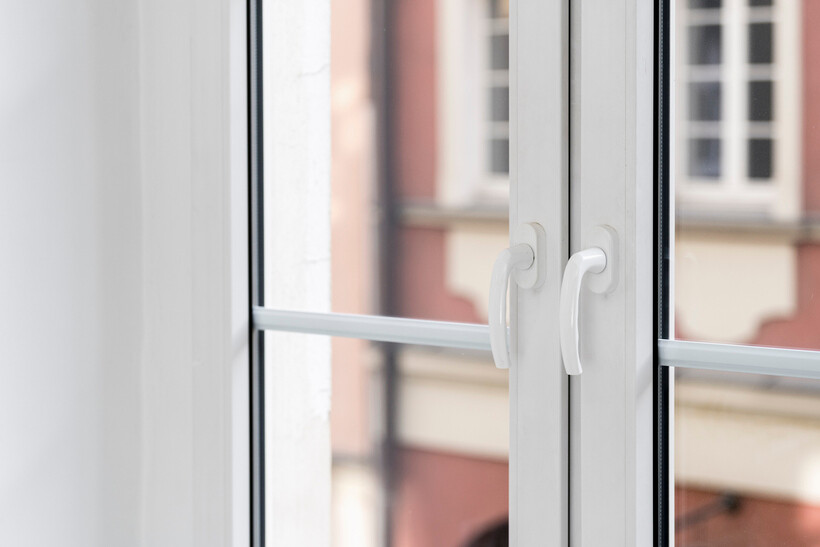 White-framed uPVC window with a view of urban architecture. (Source: iStock)
White-framed uPVC window with a view of urban architecture. (Source: iStock)
uPVC windows are a type of window made from unplasticized polyvinyl chloride. They’re popular in residential settings for their strength, weather resistance, and low maintenance needs. And with low thermal conductivity, they also offer excellent insulation. You can even upgrade your uPVC windows to double glazing to further reduce heat transfer and lower your energy bills.
Additionally, these uPVC window frames resist rot, corrosion, termites, and fading, making them a reliable choice in various climates.
What are aluminum windows?
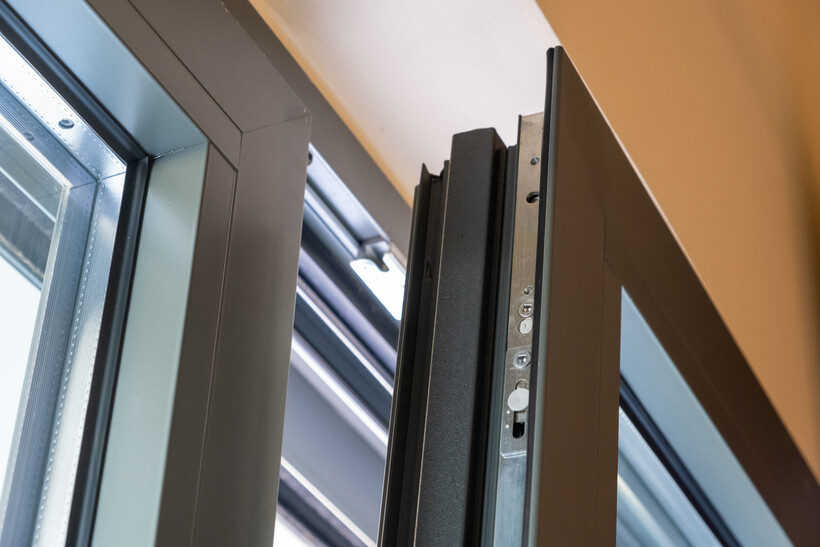 Modern aluminum window with secure locking hardware. (Source: iStock)
Modern aluminum window with secure locking hardware. (Source: iStock)
Aluminum windows are made from lightweight, strong metal frames, often powder-coated for color customization and added protection. Known for their sleek and modern look, aluminum window frames can hold large glass panels without bulk. This makes them ideal for contemporary designs that favor slim frames and expansive views.
There are also aluminum double-glazed windows that improve energy efficiency. Their structural strength even allows options like triple-glazing.
For insulation, modern aluminum window frames often include thermal breaks. And since these windows offer durability with minimal corrosion, they’re common in both homes and commercial buildings.
Aluminum vs. uPVC windows: Which is the better investment?
Before deciding, it’s crucial to weigh the energy efficiency, aesthetics, maintenance, and cost difference between uPVC and aluminum windows. Each material has its own strengths, so understanding these differences will help you make the best choice, whether you’re aiming for a refurbishment or a renovation project.
In terms of frame material
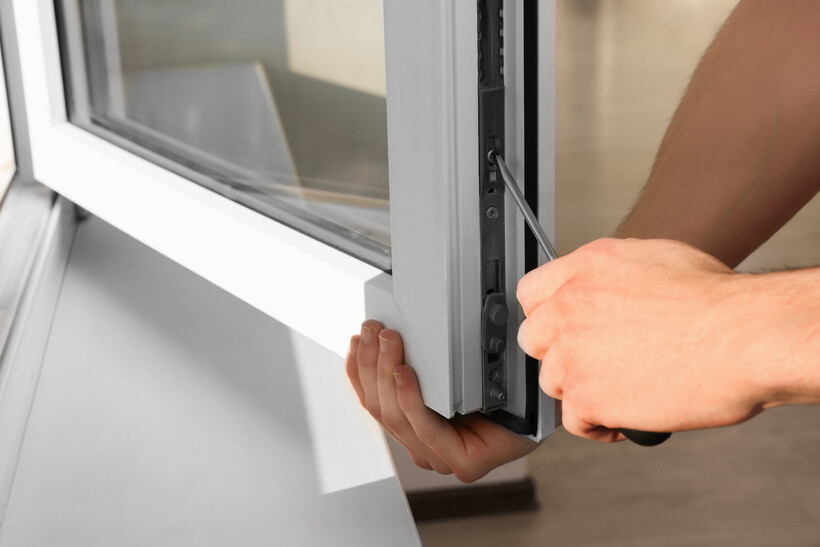 Installer adjusting the hardware of a modern uPVC window. (Source: iStock)
Installer adjusting the hardware of a modern uPVC window. (Source: iStock)
uPVC windows are made from unplasticized polyvinyl chloride (PVC) with added stabilizers, which creates a durable, low-maintenance frame that withstands various climates. Manufactured through an extrusion process, uPVC frames are solid and rigid.
This provides excellent insulation, which can help reduce energy bills and offer reliable performance in house renovations focused on energy efficiency. But, these frames tend to be bulkier, which may not suit all architectural styles and glass types.
Aluminum window frames, on the other hand, are built from lightweight but strong aluminum, contributing to their strength and sleek appearance. They’re produced through a similar extrusion process, and can be powder-coated or anodized to improve their resistance to corrosion and provide a broader range of color options.
The slimmer profile of aluminum frames gives them a modern look and makes them suitable for any type of glass. This is ideal for homes aiming for a contemporary style with minimal visual obstructions and maximum light.
In terms of insulation
uPVC windows excel in insulation and thermal efficiency due to their low heat conductivity, which makes them an ideal barrier against both heat loss in winter and heat gain in summer. This natural insulation quality, especially when combined with double or triple glazing, keeps indoor temperatures consistent and minimizes drafts for homes in colder climates.
Aluminum windows, on the other hand, conduct heat more easily, which can reduce their natural insulation capacity. To address this, modern aluminum window frames often include thermal breaks, which are barriers within the frame to disrupt heat flow.
Although there are aluminum frames with thermal breaks and you can hire glaziers to add energy-efficient glazing for improved insulation, they generally don’t match uPVC’s inherent thermal performance. This makes aluminum better suited to mild climates or settings where aesthetics and frame strength are prioritized over insulation.
In terms of durability
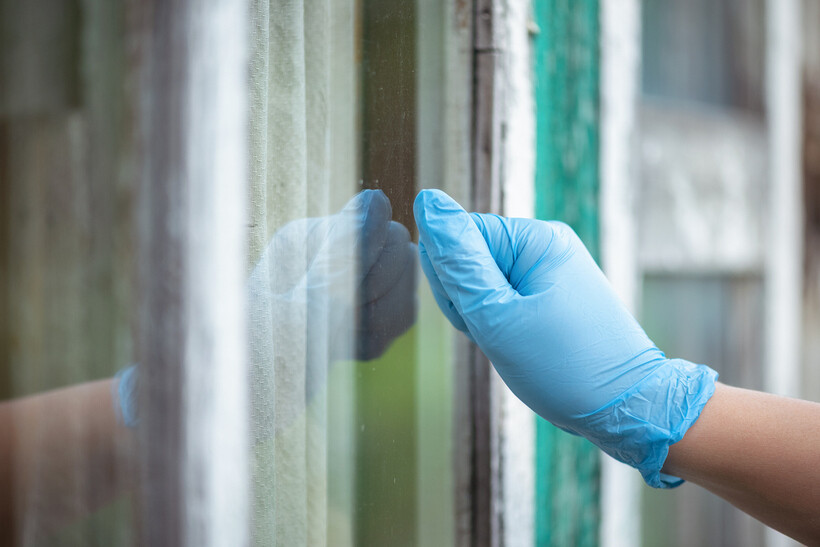 Inspecting a windowpane for damage or maintenance. (Source: iStock)
Inspecting a windowpane for damage or maintenance. (Source: iStock)
uPVC windows are highly resistant to rot, rust, and termite damage, which makes them a good choice for humid and coastal areas. Their UV-stabilized design prevents significant fading, though prolonged exposure to extreme heat may still cause slight warping over the years.
Overall, uPVC typically lasts 20–30 years. It requires minimal upkeep, with foam weather stripping or vinyl seals aiding in weatherproofing to prevent air leaks.
Meanwhile, aluminum windows offer superior durability and have natural weather resistance. They’re also resistant to corrosion, warping, and UV damage, which allows them to withstand diverse climates, including coastal and high-wind areas.
With powder-coated or anodized finishes, aluminum frames are even more resilient and last for 40+ years with minimal fading or degradation. Their structural strength also makes aluminum ideal for large glazing panels, which hold up against impacts and temperature shifts without bending or sagging.
In terms of security
Aluminum windows offer superior resistance to impact and tampering, which makes them a strong choice for high-security areas. Aluminum’s rigidity allows for high-spec glazing options, such as laminated or toughened glass, without compromising the frame’s durability. This makes aluminum ideal for commercial settings or high-risk residential areas where robust security is paramount.
uPVC windows can also provide standard security suitable for most residential settings, but not as rigid as aluminum. However, most modern uPVC window providers now offer steel reinforcements and multi-point locking systems, which provide a solid defense against forced entry. For additional protection, uPVC windows can also be combined with double or triple glazing, although this material may not support the highest security upgrades.
In terms of maintenance
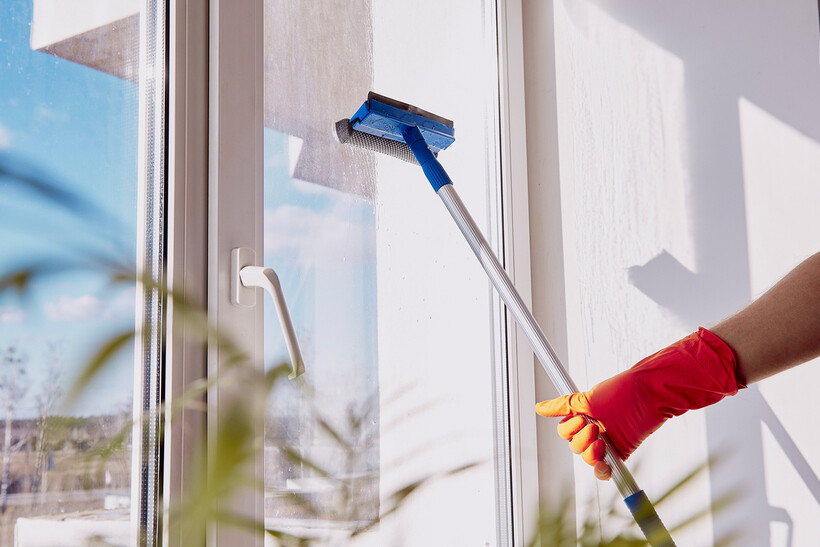 Washing a uPVC window during routine home cleaning. (Source: iStock)
Washing a uPVC window during routine home cleaning. (Source: iStock)
uPVC windows require little beyond simple window cleaning with soapy water to stay fresh. Their material naturally resists rust, rot, and discoloration, so there’s no need for additional protective treatments. With UV stabilization, uPVC frames maintain their color, though slight fading may occur in areas with intense, constant sunlight over time.
Aluminum windows also demand minimal care but may need a bit more attention in coastal settings to prevent salt buildup. Powder-coated finishes on aluminum window frames are durable and can resist corrosion, but you still need to polish them from time to time to keep the surface looking new.
Fortunately, you can easily clean aluminum windows with just a simple non-abrasive cleaner. If the protective coating wears down in harsh weather, recoating might be necessary to help extend the frame’s lifespan.
For long-term maintenance, both can be fixed by window seal repairs and aesthetic touch-ups. But if you’re seeking longevity with low upkeep, especially in demanding climates, uPVC is still the wiser choice.
In terms of cost
uPVC windows are generally more affordable upfront, with prices ranging from around $210 to $700 per window. This is typical because they're lighter and easier to handle, reducing labor time. This makes them a popular choice for homeowners looking to keep their window installation costs or window replacement costs low.
Aluminum windows usually start at $300 to $975 per window, making them more expensive initially. This is mostly because of the premium materials and potential for custom features like powder coatings and thermal breaks.
Aluminum windows may also require skilled labor and longer installation times, which can increase the total cost. If you’re considering high-end designs or modern styles, then the extra expense might be justified.
Despite the higher price tag, aluminum windows can offer better value over the long term due to their durability and lifespan. Their longevity may offset the costs over time. However, both types offer energy-efficient options, and window energy ratings often favor uPVC for better insulation, so they can also potentially save you money on energy bills.
Experience hassle-free window installation or replacement with Airtasker
Upgrading your windows can make a huge difference in your home’s comfort, style, and energy efficiency. With the right choice between uPVC and aluminum, you’ll enjoy improved insulation or a sleek, modern look.
Once you’re ready, why not let a pro handle the installation? Airtasker makes it easy to find experienced window and door services experts to take care of everything for you. Post a task today and meet trusted professionals who can complete your window upgrade smoothly.
Learn more about our contributors

Written by Daniel H.
Contributor
Daniel is an experienced writer specialising in topics like construction and renovation, home improvement, DIY projects, and more. When not writing, Daniel enjoys playing online games, discovering new music, and exploring pop culture, which adds a creative spark to his work.
uPVC vs. Aluminum Windows
uPVC Windows |
Aluminum Windows |
|
|---|---|---|
Frame Material |
Durable, low-maintenance PVC with good insulation properties |
Sleek, strong aluminum with a modern look; supports large glass panels |
Insulation |
Excellent thermal insulation |
Moderate insulation; often includes thermal breaks for improved performance |
Durability |
Resistant to rot, rust, and termites; lasts 20-30 years |
Highly durable, corrosion-resistant; lasts 40+ years with minimal fading |
Security |
Offers standard security with multi-point locks; reinforced options available |
Very secure; strong frame supports advanced locks and high-spec glazing |
Maintenance |
Low maintenance; occasional cleaning needed to prevent discoloration |
Low maintenance; requires periodic cleaning, especially in coastal areas |
Cost |
More affordable, $210–$700 per window, easy installation |
Higher upfront cost, $300–$975 per window, but offers long-term value |
FAQs on uPVC and aluminum windows
Start by cleaning the frames with mild detergent to remove grime, then apply an aluminum polish to restore shine. For more severe fading, consider repainting with aluminum-safe paint and adding a clear protective coating to maintain the finish.
Yes, combining different window styles can meet both functional and aesthetic needs in various rooms. For example, use large aluminum frames in living areas for natural light and uPVC in bedrooms for insulation and privacy. Ensure a cohesive look with matching colors and finishes.
Yes, existing aluminum windows can be retrofitted with double or triple glazing to enhance insulation. This process requires skilled installation to ensure a proper fit and can improve thermal performance and energy efficiency.
Find window and door contractors, fast
Post a task
Related price guides
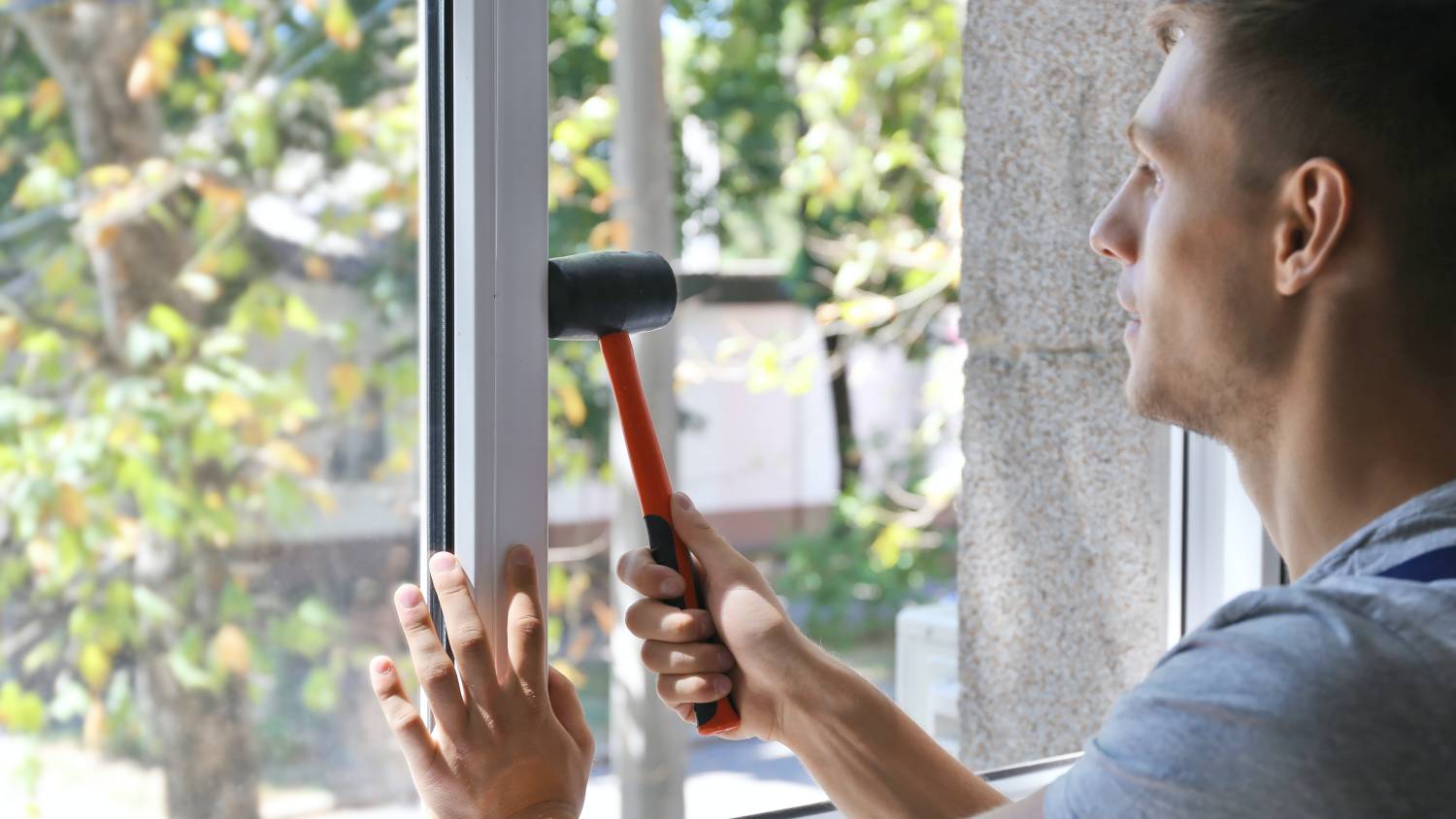
How much does window replacement cost?
Read more

How much does a new front door cost?
Read more

